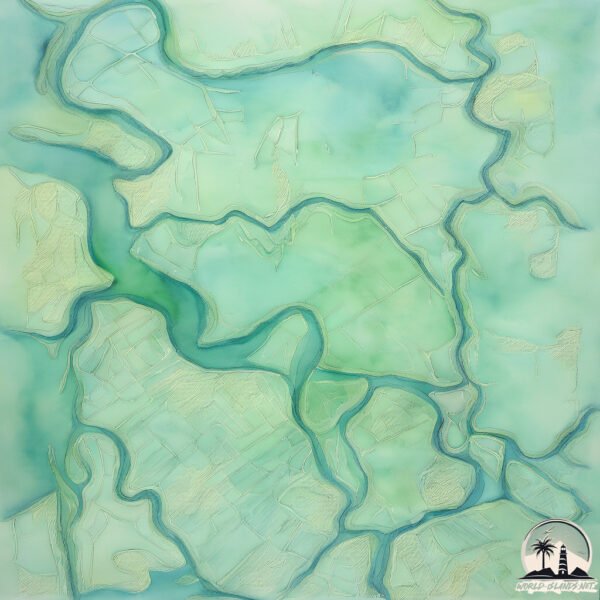Welcome to Venice , a Temperate island in the North Pacific Ocean, part of the majestic Pacific Ocean. This guide offers a comprehensive overview of what makes Venice unique – from its geography and climate to its population, infrastructure, and beyond. Dive into the details:
Geography and size of Venice
Size: 13.1 km²Coastline: 23.7 kmOcean: Pacific OceanSea: North Pacific OceanContinent: North America
Venice is a Medium Island spanning 13 km² with a coastline of 24 km.
Archipel: –
Tectonic Plate: North America – Covers North America and parts of the Atlantic and Arctic Oceans, characterized by diverse geological features and varying levels of seismic activity.
The geographic heart of the island is pinpointed at these coordinates:
Climate and weather of Venice
Climate Zone: TemperateClimate Details: Hot-Summer Mediterranean ClimateTemperature: Hot Summer
Climate Characteristics: Characterized by hot, dry summers and mild, wet winters, typical of coastal areas with abundant sunshine.
Topography and nature of Venice
Timezone: UTC-08:00Timezone places: America/Los_AngelesMax. Elevation: -1 m Mean Elevation: -5 mVegetation: Cultivated LandTree Coverage: 18%
The mean elevation is -5 m. Remarkably, this unique island barely emerges above the sea level, showcasing nature’s fascinating interplay with the ocean. The island is characterized by Plains: Flat, low-lying lands characterized by a maximum elevation of up to 200 meters. On islands, plains are typically coastal lowlands or central flat areas.
Dominating Vegetation: Cultivated Land
Vegetation: 10 vegetation zones – Very Highly Diverse Island
Infrastructure and Travelling to Venice
Does the island have a public airport? no .
Does the island have a major port? no .
The mean population of Venice is 0 per km². Venice is Uninhabited. The island belongs to United States of America .
Continuing your journey, Mandeville is the next notable island, situated merely km away.
Venice, Island Treasure | Documentary
Canals, gondolas and sumptuous palaces... the legendary clichés will always be there when you set out to explore Venice.
Venice, Island Treasure | Documentary
Canals, gondolas and sumptuous palaces... the legendary clichés will ...
Canals, gondolas and sumptuous palaces... the legendary clichés will always be there when you set out to explore Venice.
Most Beautiful Places to Visit in Venice, Italy | Venice Travel Guide
Discover the timeless magic of Venice with our exclusive video that ...
Discover the timeless magic of Venice with our exclusive video that takes you through the most enchanting places in the floating ...
Visiting Murano & Burano | Islands near venice
Looking to explore the beautiful islands near Venice? Check out this ...
Looking to explore the beautiful islands near Venice? Check out this informative video guide that showcases the best way to get ...
United States of America is classified as Developed region: G7: Group of Seven – Major advanced economies, including Canada, France, Germany, Italy, Japan, the United Kingdom, and the United States. The level of income is High income: OECD.
News – Latest Updates and Headlines from Venice
Stay informed with the most recent news and important headlines from Venice. Here’s a roundup of the latest developments.
Loading...
Please note: The data used here has been primarily extracted from satellite readings. Deviations from exact values may occur, particularly regarding the height of elevations and population density. Land area and coastline measurements refer to average values at mean high tide.

